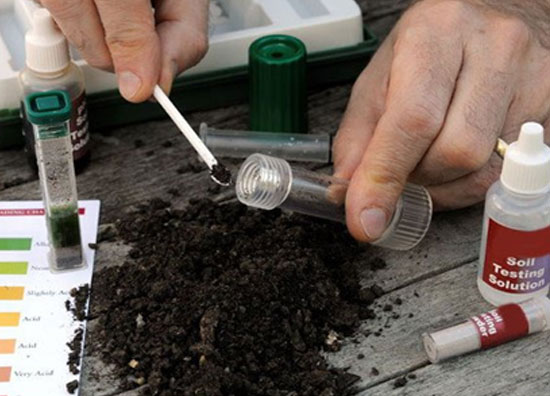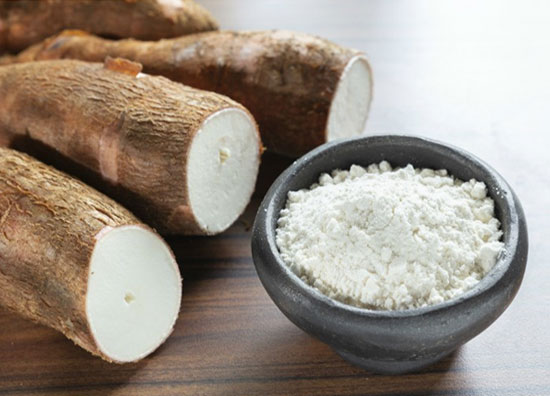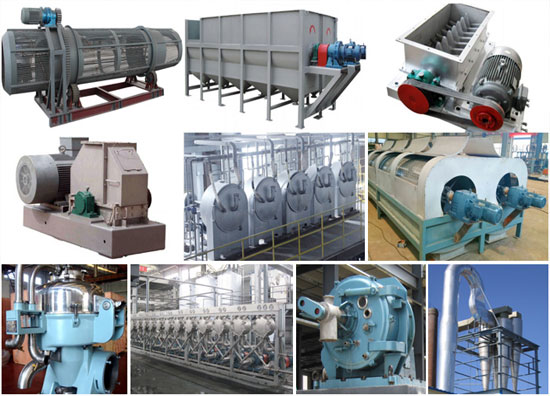SOIL NUTRIENT TESTS

Farmers can always improve soil quality by managing the level of nutrients and soil pH. One of the most important factors in managing soil quality is regular soil analysis.
Soil analysis is a valuable farm practice that determines the exact amount of available crop nutrients in the soil, including nitrogen, phosphorus, potassium, as well as determining soil pH, humus content, available lime, and organic matter. It also provides a visible snapshot of various chemical, physical, and biological soil properties.
Soil analysis gives valuable information, essential for soil quality improvement. By tracking the exact amount of soil nutrients, a farmer can easily adjust fertilization in accordance with soil and crop requirements. Additionally, soil analysis facilitates crop nutrient management by revealing the current soil pH level.
Soil pH is important due to its influence on the uptake of soil nutrients. The main purpose of managing soil pH is to be able to adjust the acidity to the point where there are no toxic metals exposed to the crops, as well as to ensure that nutrient availability is at its maximum.
Every crop has its own optimal pH range. Because of this, some crops grow better and can achieve their full potential in acid, while for others, this takes place in a more alkaline-based soil. The optimal HHpH levels for the most common crops are shown in the table below.
Cassava is extremely tolerant of acid soils, growing well even at a pH as low as 4.2-4.5 and at
75-80% Al saturation.
While cassava can grow better than most other crops in very infertile soils,the cropdoes respond well to the application of chemical fertilizer soranimal manures. Like any other crop, cassava extract snutrients from the soil during plant grow thand some of the seare remove d in the root harvest,while others may be returned to thesoil in the cropres idues, such as leave sand stems
What Happens After the Soil Analysis?
Depending on the results of the soil analysis, a farmer can easily manage soil requirements for a certain crop. The results will indicate him in case that he needs to add lime in order to manage soil acidity. Liming rates are usually determined by taking into account soil type, depth of tillage, and limestone quality. The following table shows the lime rates according to the measured soil pH and its structure.
Fertilizing crops without knowing their requirements and available soil nutrients is equivalent to driving a car while blindfolded. Therefore, soil analysis is the only way to ensure proper soil management and increase a chance for higher yield.
For more information follow links:
- www.thespruce.com/how-to-test-soil-acidity-alkalinity-without-a-test-kit-1388584
Other services & information :
Our Solutions Empowering the Food Value Chain
Eagllegroup offers an ecosystem of products and services that helps everyone connected with the Food Value Chain (farmers, producers, financial institutions, state governments, etc.) make smarter decisions. This results in lower production costs, reduced lending risk, better yields, efficient marketing, increased incomes and boosting food security.
Lower Production Costs
Reduced Lending Risk
Better Yields
Efficient Marketing
Increased Incomes





